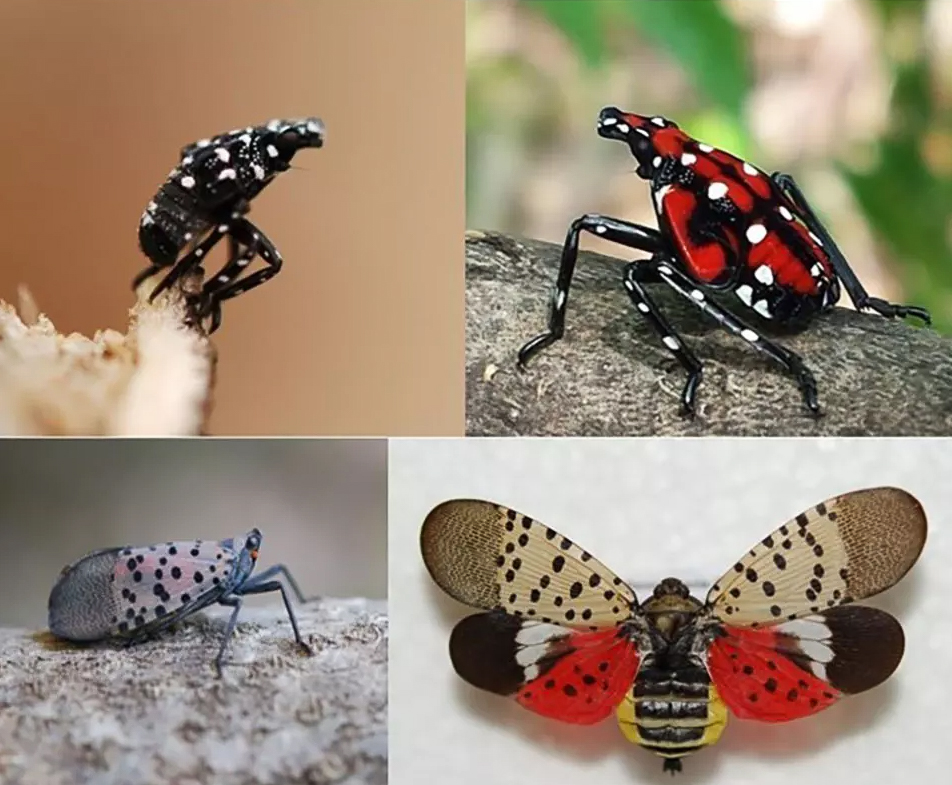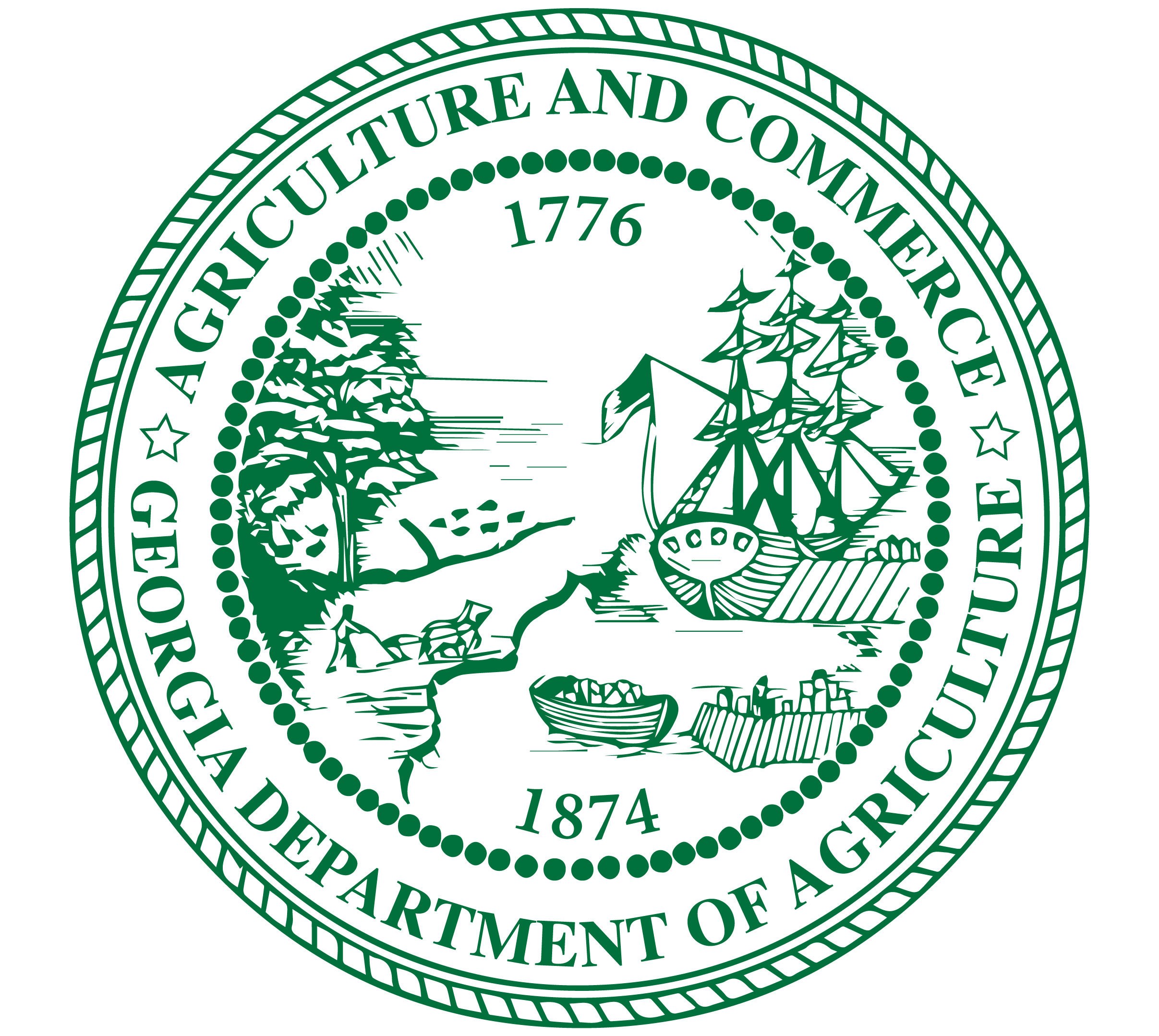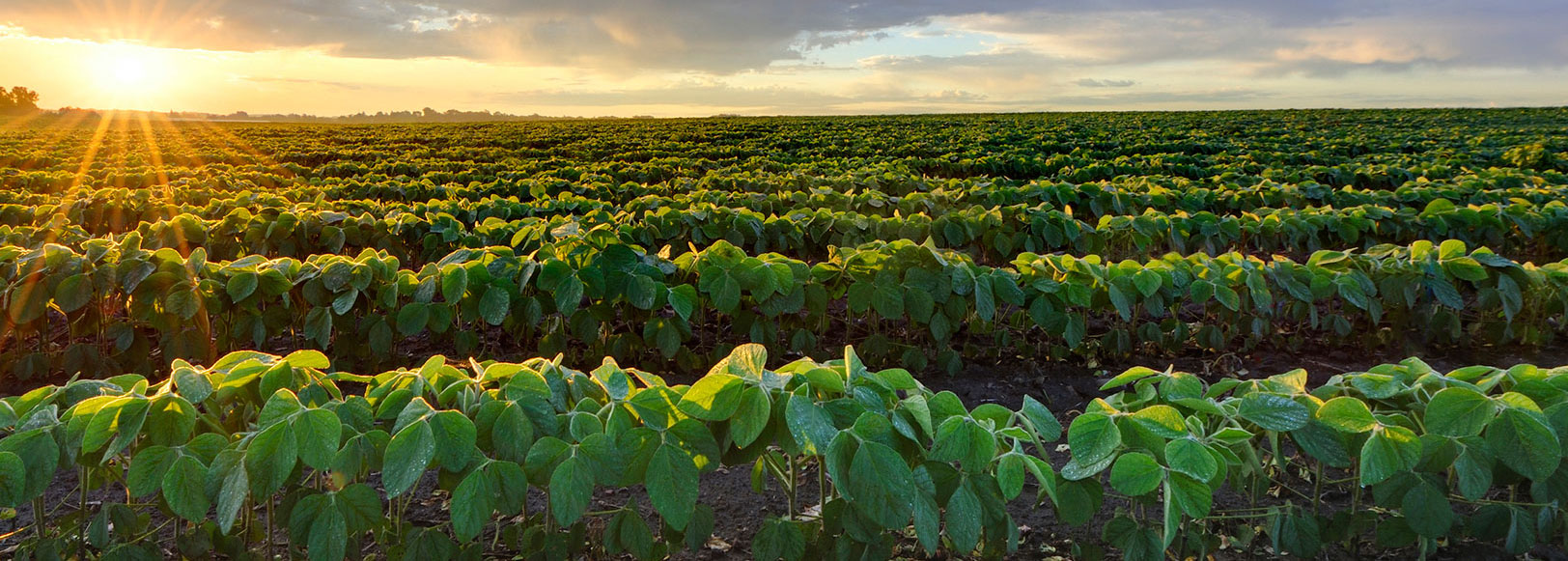
By Jay Jones
jay.jones@agr.georgia.gov
The Georgia Department of Agriculture received confirmation from federal agricultural officials of the Spotted Lanternfly in Georgia. This invasive pest poses a serious risk to the state’s agricultural sector. Georgia becomes the 18th state to have a confirmed sighting of the pest.
Georgia Agriculture Commissioner Tyler J Harper announced the confirmation on Nov. 14 of the U.S. Department of Agriculture’s Animal and Plant Health Inspection Service (APHIS) of the Spotted Lanternfly in Georgia. The first confirmed detection of the Spotted Lanternfly was made in Pennsylvania in 2014 and has spread to 17 states, including Tennessee and North Carolina.
“We urge anyone who sees the Spotted Lanternfly in their area to document it, report it, and kill it,” Harper said in the announcement. “Controlling the spread of the Spotted Lanternfly is our best strategy for safeguarding Georgia’s agriculture industry, and we are asking for the public’s help in this effort.”
GDA Plant Protection Division inspectors said the report of the first sighting occurred in Fulton County on Oct. 22. Entomologists at the University of Georgia (UGA) made their confirmation of the specimen earlier this month before sending it to USDA-APHIS for final confirmation.
The Spotted Lanternfly (Lycorma delicatula, or SLF for short) is native to Asia and does not pose a direct threat to human health. It feeds on a variety of plants, including grapes, hops, stone fruit (peaches and plums), and hardwood trees. According to the GDA announcement, its feeding weakens the plants and produces a sticky, sugary waste fluid that encourages the growth of sooty mold, which further harms crops.
Despite its name, the Spotted Lanternfly is not a fly but a plant hopper more related to stink bugs and aphids.
To combat this threat, Georgians are encouraged to take immediate action if they spot a SLF:
- Take a clear picture of the pest.
- Kill it.
- Report your sighting using our online reporting tool at the Georgia Invasive Species Task Force SLF website https://www.gainvasives.org/slf/report/.
For residents seeking professional treatment options, the GDA offers lists of licensed pesticide professionals who can provide assistance with applications. The online search service is available on the Structural Pest Division webpage on the GDA website, agr.georgia.gov structural-pest-control, or by the links below:
- Search for Pesticide Contractors here: https://bit.ly/4eBrWDE.
- Search for Pest Control Companies here: https://bit.ly/4hLZHVE.
Also, local UGA Cooperative Extension offices can offer advice and options on controlling Spotted Lanternflies.
Mike Evans, director of GDA’s Plant Protection Division, explained that the SLF has moved quickly across the U.S. partly due to human movement. The SLF lays eggs or egg masses on almost any object - tires, RVs, vehicles, chairs, etc. He said one way the public can help control the SLF is to inspect their equipment, vehicles and other items for egg masses before moving them to new locations.
Evans added that reporting will also be a key component in allowing time for growers in other areas of the state to prepare for the SLF.
“We do have insecticides that control it, but it’s going to be a problem for some of our stone fruit growers, grape growers,” Evans said. “We cannot eradicate it - It’s too wide of a host range and too widespread - but other states have taken messages of if you see it, take a picture of it, kill it, and then report it, and we’re going to do something very similar.”
The Spotted Lanternfly overwinters in its egg stage, laying eggs from September to November, which then survive through the winter months until hatching in the spring when temperatures warm up. The adult lanternflies die with the first hard frost, but their eggs remain viable throughout the winter. According to the GDA announcement, this stage of their life cycle will take place over the coming weeks


